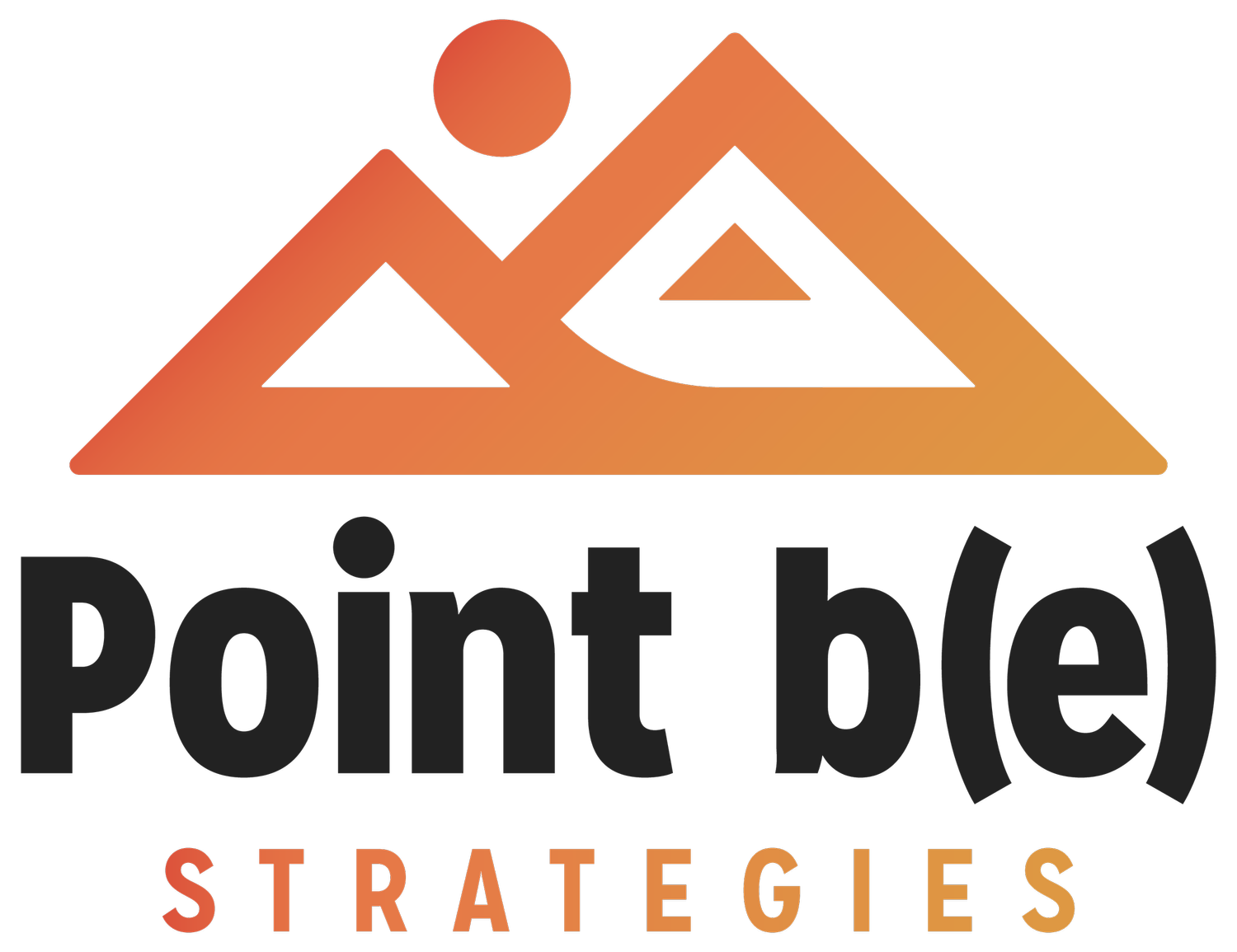Accessible and equitable grantmaking – Centering community voice
By Della WilliamsAt Point b(e) Strategies, we believe that an equitable grantmaker must be accessible, transparent, accountable, flexible, and trustworthy. One way to achieve this is through an authentic, community- informed process.
In 2020, Denver Human Services selected Point b(e) Strategies to manage the mill-levy-funded Creative Ideas Fund, and we began to strategize how we could best center community voice in a grantmaking-like process. For context, the Creative Ideas Fund was created through a pool of tax-payer dollars that was set aside by the city to provide services and support to people with intellectual and developmental disabilities (I/DD). The goal of the fund was to support projects that make people with I/DD feel less alone and more connected to community and service networks.
Between 2020 and 2023, Point b(e) Strategies managed the Creative Ideas Fund and supported the distribution of more than $820,000 to creative projects and services led by individuals, small groups, nonprofit organizations, and small businesses. Some of the projects funded included cooking classes, drumming circles, equine therapy, inclusive dance classes, employment opportunities, and more. All projects benefited individuals with I/DD living in Denver County.
Community member engagement was a critical component to ensuring that the process of applying for and awarding the Creative Ideas Fund money was accessible and equitable. In order to accomplish this level of community engagement, Point b(e) Strategies worked with an Accessibility Consultant to invite and recruit people with disabilities, their family members and providers, and other professionals to join the Creative Ideas Fund Community Advisory Council (the Council).
The role of the Council was to:
Create group agreements to support collaboration, relationship building, and a safe space to share ideas for all Council members;
Advise Point b(e) Strategies on how we could create a funding process that was fair, accessible, and designed with the disability community in mind;
Share their opinions and perspectives so that we created an opportunity that was informed by the lived experiences of the community;
Participate in trainings to both build capacity and learn how we could all be more inclusive in the process;
Determine the development of the application, funding guidelines, and priority areas;
Advise Point b(e) Strategies on how to support interested applicants during the application process so that all applicants had the opportunity to be successful should they receive funding; and
Assess priority scoring areas for applications and execute funding decisions.
Council members with an intellectual or developmental disability were paid a stipend for participating in the council and sharing their lived experience; neurotypical council members participated as volunteers. Point b(e) Strategies was mindful to provide any accommodations needed for council members to participate fully. We also recognized that all people experience multiple identities and that the disability community is no exception, and we were proud to build a council that benefited from the shared wisdom of all its members—inclusive of their various identities and perspectives. We encouraged people who identify as Black, Indigenous, or People of Color (BIPOC), lesbian, gay, bisexual, transgender, or queer (LGBTQ+), or people who belong to any other historically excluded groups to apply to join the council.
In alignment with our grantmaking values of accessibility, transparency, accountability, flexibility, and trustworthiness, we are proud to share the following lessons learned and hope that you can apply them to your own community-centered, grantmaking strategy:
Individuals that you aim to serve through your funding strategies should be able to utilize their individual and collective voice to inform decision making.
The lived experiences of individuals with specific needs have to inform how public funding is distributed to support them.
Small organizations, grassroots groups, and individuals can provide services and fill gaps in the service networks for specific groups.
Integrating multiple voices and experiences of people into the funding decision-making process has been successful in ensuring that applicants consider and thoughtfully meet the needs of their project participants.
The flexibility to provide one-on-one technical assistance to both community council members and applicants supports a more accessible and equitable funding process.

